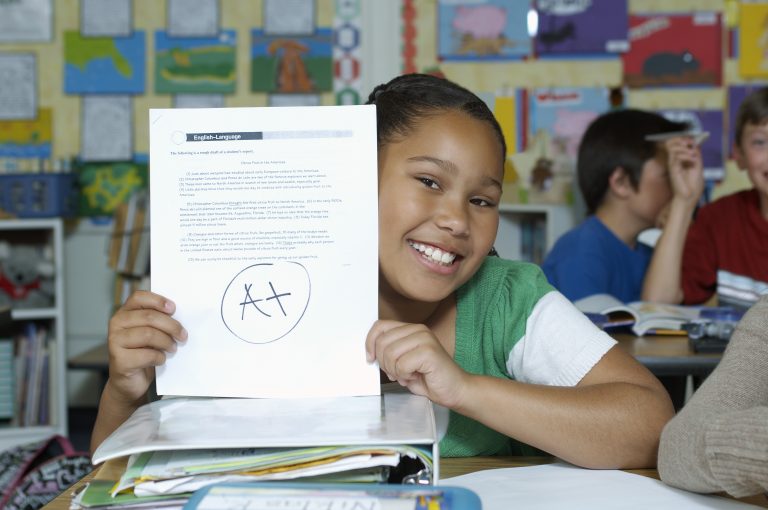Flow learning is a concept originally designed by Joseph Cornell for sharing learning about nature. The stages of the flow learning process lend themselves well to gamification and great storytelling. Here are the 4 stages of flow learning and their intended outcomes:
Stage 1: Awaken enthusiasm – in this stage playfulness and alertness are the key. The objective is to get people involved and active about a topic. It also intends to create a rapport between the learner, the topic and the teacher if there is one. Games and play are really useful in this even for adults.
Stage 2: Focus attention – in this stage the objective is to nurture receptiveness, to deepen awareness and increase attention and concentration. The energy in this is more calming and puts more emphasis on observation, it is a way to positively channel the enthusiasm from stage 1 into something more focused.
Stage 3: Offer Direct Experience – giving a real life experience to create deeper learning and an intuitive understanding. By tapping into strong emotions, you create a long lasting bond with the material. Ideally you feel part of the solution or able to come up with the solution.
Stage 4: Share Inspiration – processing the previous stages into feedback and conversation, which ultimately reaches a shared understanding among others in the group. It also increases learning to have multiple perspectives.
I like this model, because it confirms my personal experience as a trainer that you really are responsible for energy management around learning. If you create the right kind of energy for enthusiasm, focus, trials, inspiration and reflection, then you are actually facilitating learning. It is also what I have from the early days in gamification tried to re-create in my designs.
As part of my personal development, I trained with some of the successful motivational speakers and observed and volunteered at their events to learn how they managed the room. At one point I was responsible for bringing energy up in the room, before the speaker would start. It always amazed me, how willing people were to participate and how effective the technique was. We started with fun music, dancing (yes, it involved dancing) and generally creating a happy enthusiastic vibe in the room. It always started with easy rhythms and gradually hyping up to a more quick energetic beat, the movement started low key and became more power pose linked as we built up. Depending on what followed it could go straight into new learning or even experience of practise. From those experiences, I know the theory outlined above works in practise, even with rooms of up to 5000 people present.
When I then look at e-learning in a lot of cases, we only find stage 2 or 3 present. Enthusiasm building is often the missing piece, but it can still be done. An engaging host for the learning, an exercise to show how much you know or don’t know, scenarios that bring home why something matters, a game to illustrate how something matters. If you manage to make people stop and realise, that they better pay attention because they have something to learn, then you are ready to move them on to what is important. Offering a safe chance to test things out, especially with todays technology of VR and AR, you can add a dose of realism and heighten the experience. Feedback and conversation about the topic are crucial for all adult learners, by the time we are adults we need context to make sense of new materials. It tends to be how we organise our information.
In gamification design for learning, we have an ideal opportunity to build in these 4 stages of flow learning. Most good storytellers do this intuitively. When I give live workshops, we start with an element of play as simple as story cubes to introduce yourself, then we go into some material and often we discuss things as we go. Some of the courses I have designed over the years started with a movie, a story, drawing, etc. to get people out of their normal thinking and into a new energy, where exploring is safe in numbers and it typically led to better results. Online by setting a similar trajectory for your learner, you may not have the closeness you achieve in person, but you can achieve a similar flow of energy, which is ultimately creating the conditions for learning in my experience and opinion.



